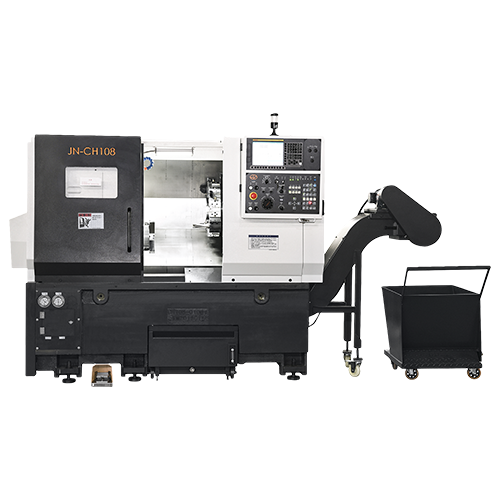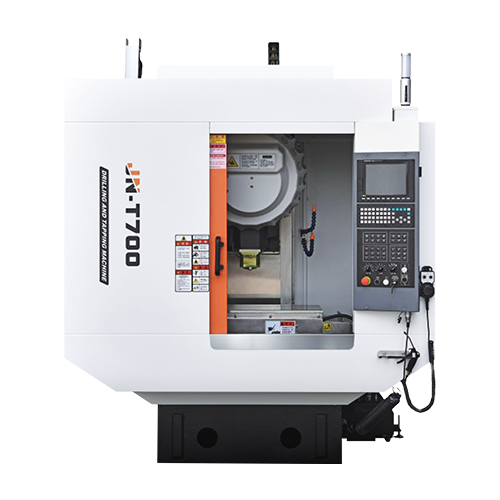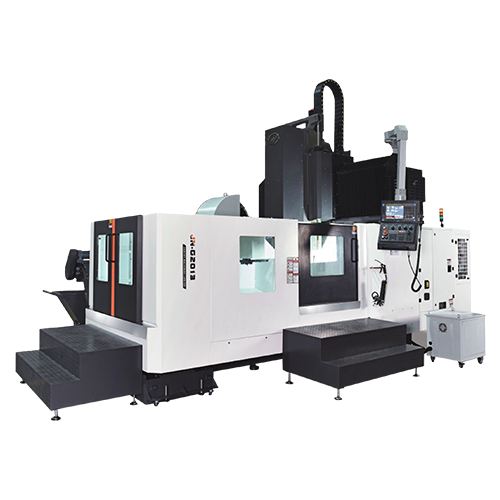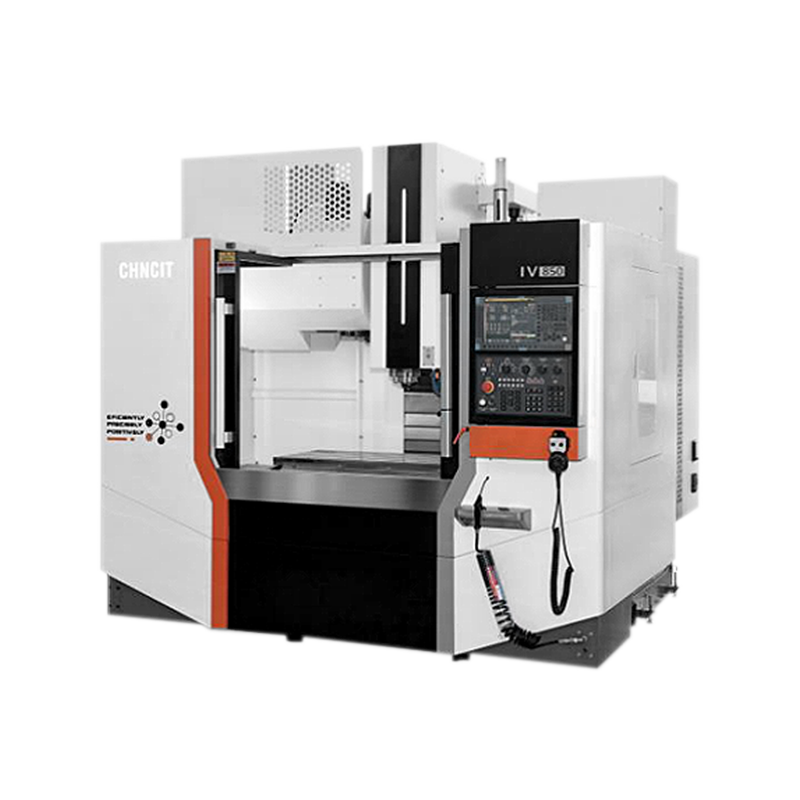Common Problems with CNC Mill Drills and Solutions
CNC drilling and milling machine has revolutionized modern manufacturing by providing unparalleled precision and versatility. However, like any advanced machinery, they can encounter problems from time to time. Understanding these issues and knowing how to troubleshoot them can help ensure smooth and efficient operations.
In this article, we will explore common problems that users face with CNC mill drills and CNC drilling and milling machines, and provide practical solutions to overcome them. Whether you’re in the market for a CNC mill drill for sale or already using one, knowing how to handle potential issues will help maintain your equipment’s performance and longevity.
1. Inconsistent Machining or Poor Precision
One of the more common problems with CNC drilling and milling machines is inconsistent machining, which results in parts that don’t meet the required specifications.
Solutions:
Check Tool Condition: Inspect the tools regularly for wear and tear. Replace dull or damaged tools to maintain cutting accuracy.
Machine Alignment: Ensure that the CNC mill drill is properly aligned. Regular calibration and alignment checks will prevent long-term issues with precision.
Regular Maintenance: Perform routine maintenance on the machine, including cleaning and lubricating moving parts. This helps keep everything running smoothly and reduces the chances of errors.
2. Tool Breakage or Damage
Tool breakage is another common issue, especially when working with tough materials or running long machining cycles. This can be a costly problem, as it not only damages the tools but can also cause damage to the workpiece or machine itself.
Solutions:
Adjust Cutting Parameters: Ensure that the cutting speeds, feed rates, and depth of cuts are appropriate for the material you’re machining. CNC machines often allow for fine-tuning of these parameters to prevent tool damage.
Use High-Quality Tools: Invest in high-quality, durable tools that are designed for the specific materials you’re working with. Proper tool selection can prevent premature wear or breakage.
Avoid Overloading the Machine: Ensure that you’re not overloading the CNC mill drill by exceeding its cutting capacity. Follow the machine's recommended load limits for ideal performance.
3. Machine Stalling or Loss of Power
If a CNC mill drill or CNC drilling and milling machine stalls or experiences a loss of power during operation, it can cause delays and disruptions. This problem can arise from electrical issues, mechanical failure, or improper settings.
Solutions:
Check Electrical Connections: Inspect the machine’s electrical connections and wiring for any faults. Make sure the machine is connected to a stable power source to prevent power surges or interruptions.
Monitor Cooling Systems: Ensure that the cooling system is functioning correctly. Overheating can cause the machine to stall or lose power, so keeping the system in good working condition is essential.
Review Machine Settings: If the machine stalls, it might be due to an improper program or incorrect settings. Review the program and settings to ensure they are compatible with the machine’s capabilities.
4. Poor Surface Finish
A poor surface finish is often a result of improper machining conditions or machine malfunctions.
Solutions:
Optimize Cutting Parameters: Adjust feed rates and cutting speeds according to the material and the desired surface finish. Slower speeds or finer feed rates are often needed to achieve a smoother finish.
Replace Worn Tools: A worn-out tool can cause rough surfaces. Regularly check and replace tools to ensure high-quality cuts.
Review Toolpath Programming: If the toolpath is not optimized, it can result in poor surface finishes. Review and adjust the toolpath program to ensure it produces the desired result.















